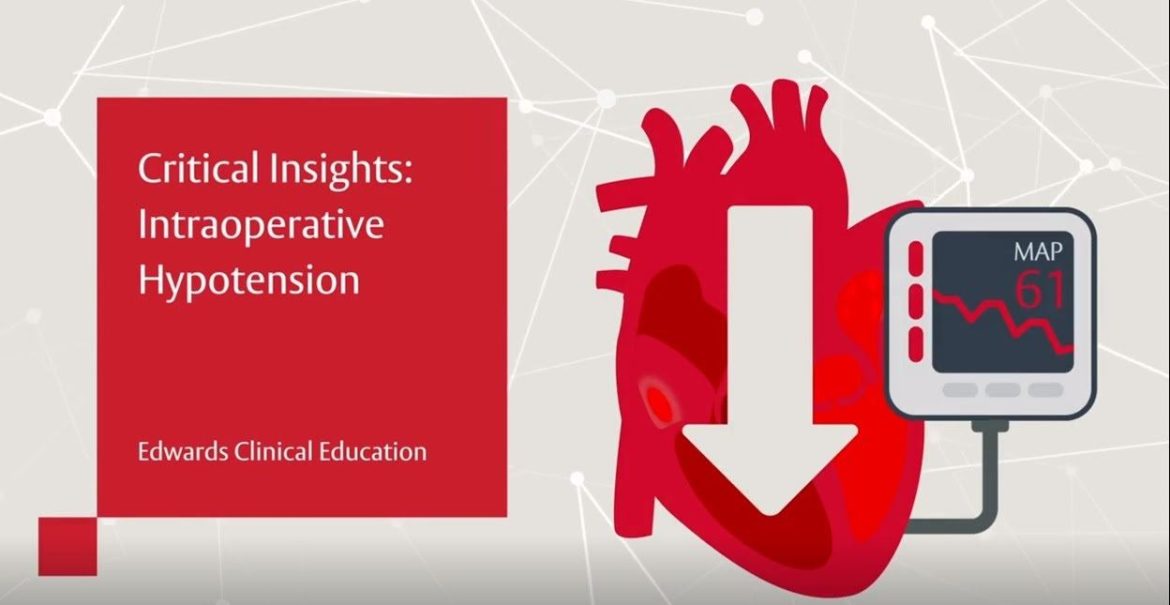Myocardial infarction (MI), commonly known as a heart attack, is a critical medical emergency characterized by the sudden interruption of blood supply to a part of the heart muscle, leading to tissue damage or necrosis. Hypotension, or low blood pressure, can complicate the management of MI and significantly impact patient outcomes. This article explores the various aspects of treating hypotension in the context of myocardial infarction, focusing on effective strategies, pharmacological interventions, and management guidelines.
Understanding Myocardial Infarction And Hypotension
Myocardial infarction occurs when there is a blockage in one or more coronary arteries, usually due to the formation of a blood clot (thrombus) over a ruptured atherosclerotic plaque. The lack of blood flow deprives the heart muscle (myocardium) of oxygen and nutrients, leading to cellular injury and potentially irreversible damage if not promptly treated. In some cases, this ischemic insult can cause a sudden drop in blood pressure, exacerbating the myocardial injury and complicating the clinical course.
SEE ALSO: When Is Blood Pressure Highest During The Day?
Hypotension in the context of MI can result from various mechanisms:
Cardiogenic Shock: Severe myocardial damage compromises the heart’s ability to pump effectively, leading to decreased cardiac output and systemic hypotension.
Arrhythmias: Abnormal heart rhythms such as ventricular fibrillation or bradycardia can impair cardiac output and cause hypotension.
Fluid Loss: Inadequate perfusion and cardiac output may lead to fluid redistribution and hypovolemia, exacerbating hypotension.
Goals of Treatment
The primary goals in managing hypotension during myocardial infarction include:
Restoration of Adequate Perfusion: Ensuring sufficient blood flow to vital organs, particularly the heart and brain, to prevent further ischemic injury.
Improvement of Cardiac Output: Enhancing myocardial contractility and optimizing preload and afterload to improve systemic circulation.
Prevention of Complications: Minimizing the risk of adverse events such as cardiogenic shock, renal impairment, and arrhythmias associated with hypotension.
2 Treatments for Hypotension in Myocardial Infarction
Pharmacological Interventions
The treatment of hypotension in MI often involves a combination of pharmacological agents tailored to the patient’s clinical status and hemodynamic parameters:
Vasopressors: Drugs like norepinephrine and dopamine are used to increase systemic vascular resistance and augment blood pressure, improving coronary perfusion.
Inotropes: Agents such as dobutamine and milrinone enhance myocardial contractility, thereby improving cardiac output and tissue perfusion.
Fluid Resuscitation: Intravenous fluids, typically isotonic solutions like normal saline or lactated Ringer’s solution, may be administered cautiously to optimize preload and improve cardiac function.
Non-Pharmacological Interventions
In addition to medications, non-pharmacological interventions play a crucial role in managing hypotension in myocardial infarction:
Mechanical Circulatory Support: Devices like intra-aortic balloon pumps (IABP) or extracorporeal membrane oxygenation (ECMO) may be considered in severe cases of cardiogenic shock to stabilize hemodynamics and support cardiac function.
Revascularization: Early intervention with percutaneous coronary intervention (PCI) or coronary artery bypass grafting (CABG) is essential to restore coronary blood flow and limit myocardial damage, potentially resolving hypotension.
Management Guidelines And Considerations
Clinical guidelines recommend a structured approach to managing hypotension in myocardial infarction, emphasizing timely assessment, risk stratification, and individualized treatment plans:
Early Recognition: Prompt identification of hypotension and its underlying etiology through continuous monitoring of vital signs and cardiac biomarkers.
Multidisciplinary Collaboration: Coordination among emergency physicians, cardiologists, intensivists, and nursing staff is critical to optimize patient care and outcomes.
Monitoring and Adjustment: Regular reassessment of hemodynamic parameters and response to therapy guides ongoing management, with adjustments made as necessary to achieve therapeutic goals.
Conclusion
Managing hypotension in the setting of myocardial infarction requires a comprehensive approach that integrates pharmacological interventions, non-pharmacological strategies, and adherence to clinical guidelines. By addressing the underlying pathophysiology and optimizing hemodynamic stability, healthcare providers can mitigate the risks associated with hypotension, improve patient outcomes, and enhance overall prognosis following myocardial infarction.
In summary, effective treatment of hypotension in myocardial infarction demands a nuanced understanding of cardiovascular dynamics, a tailored therapeutic approach, and a commitment to delivering timely and coordinated care to patients experiencing this life-threatening condition.

